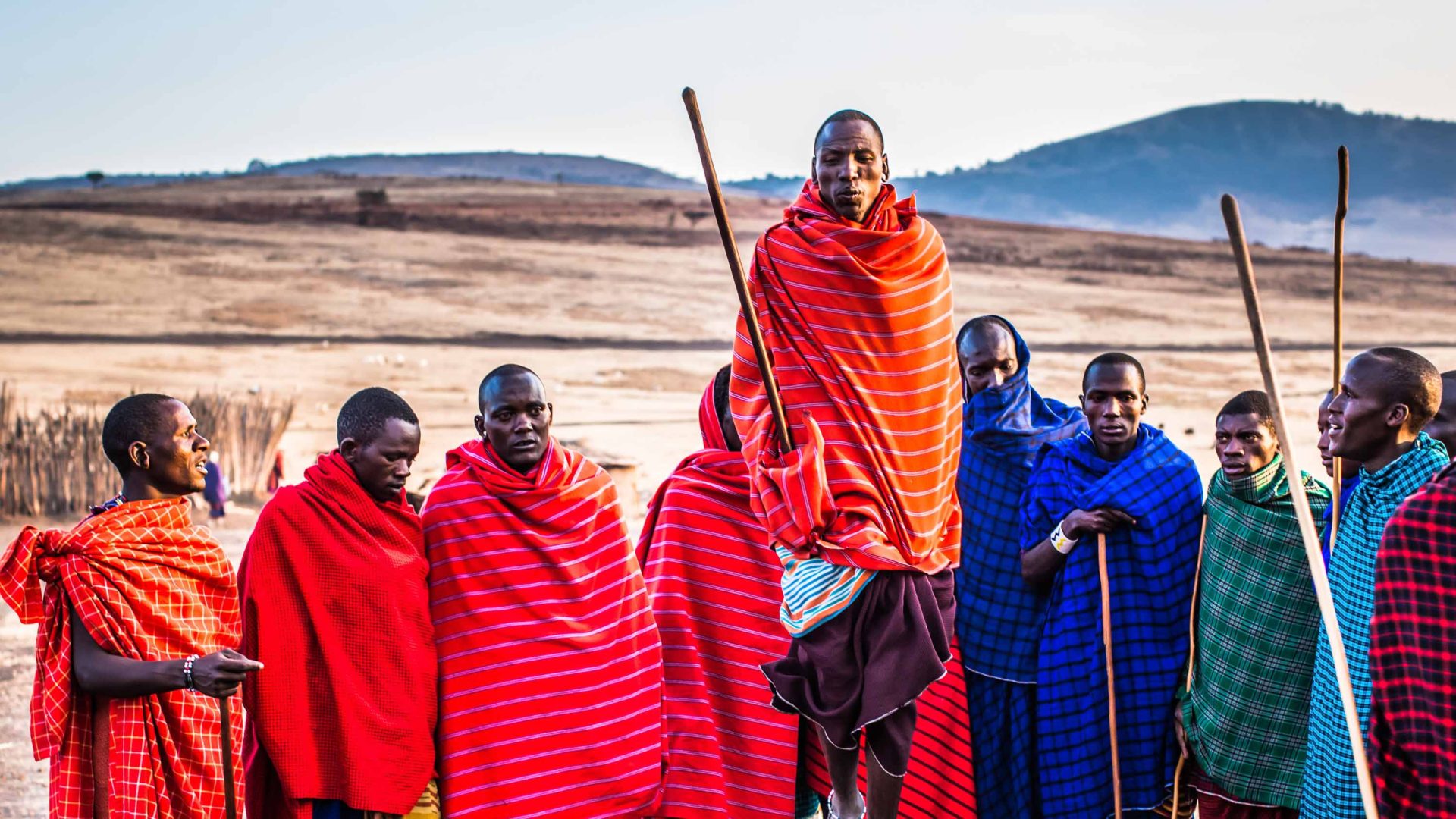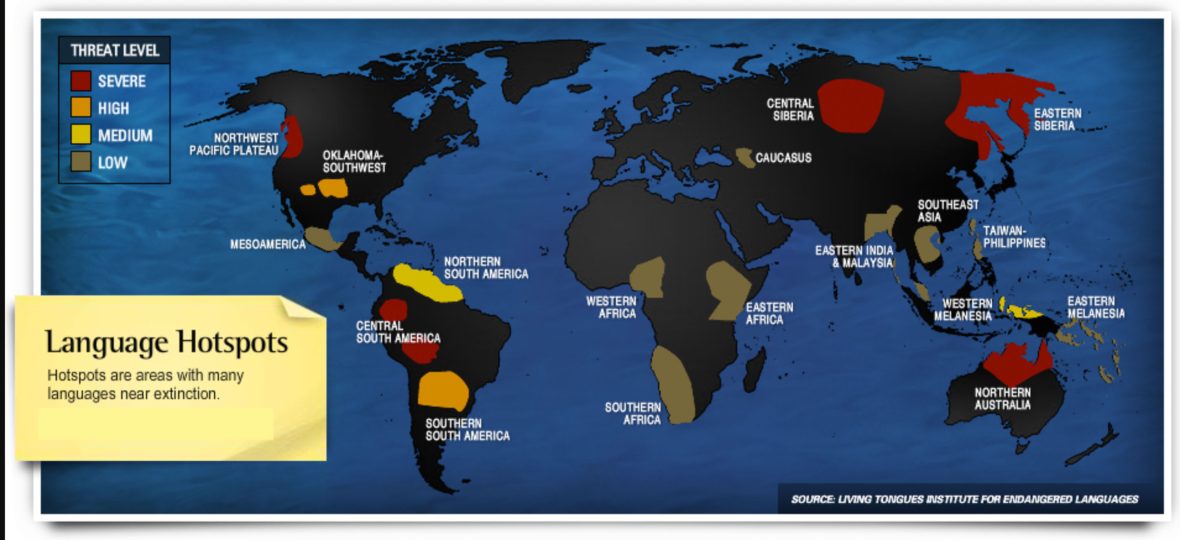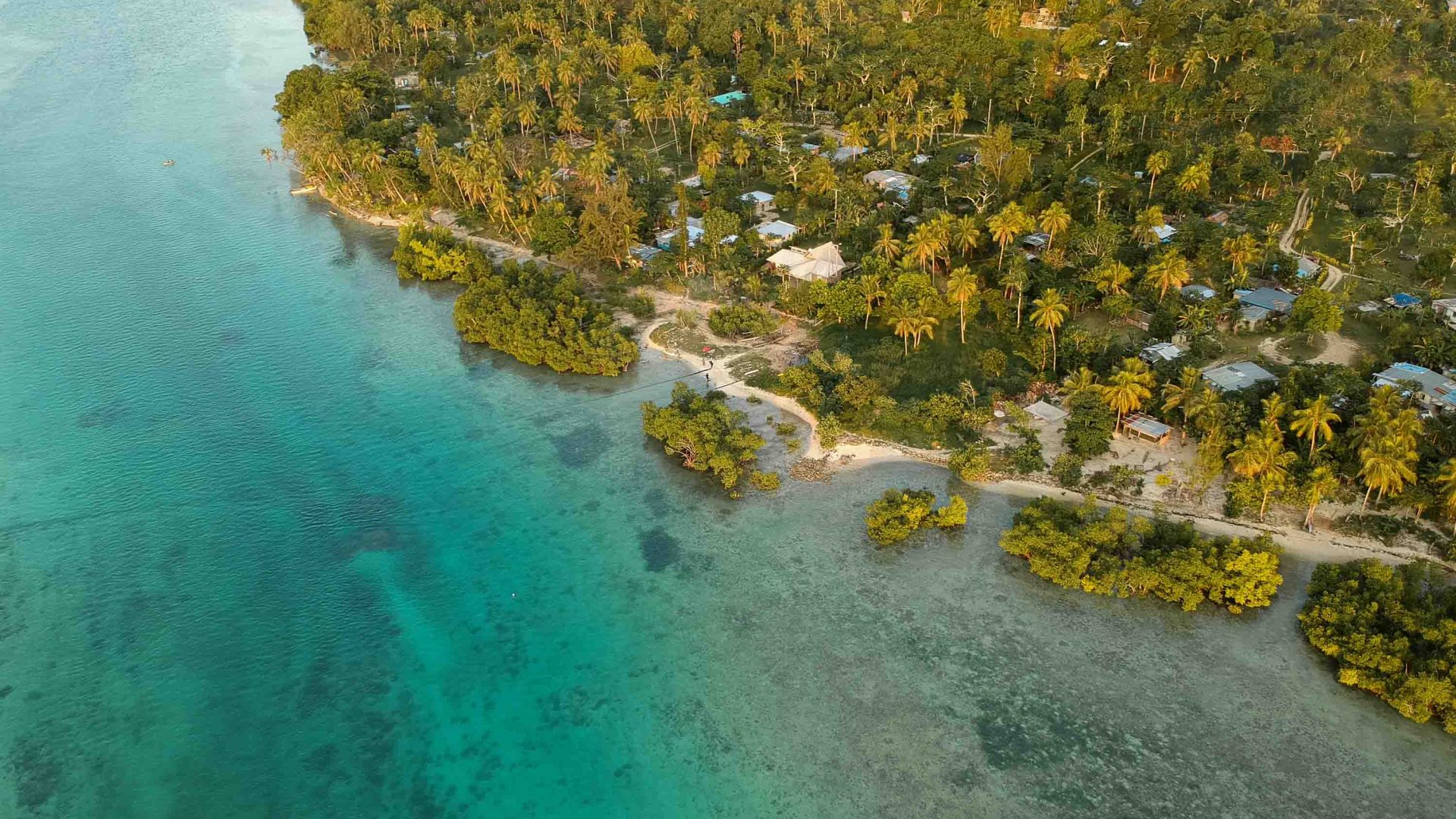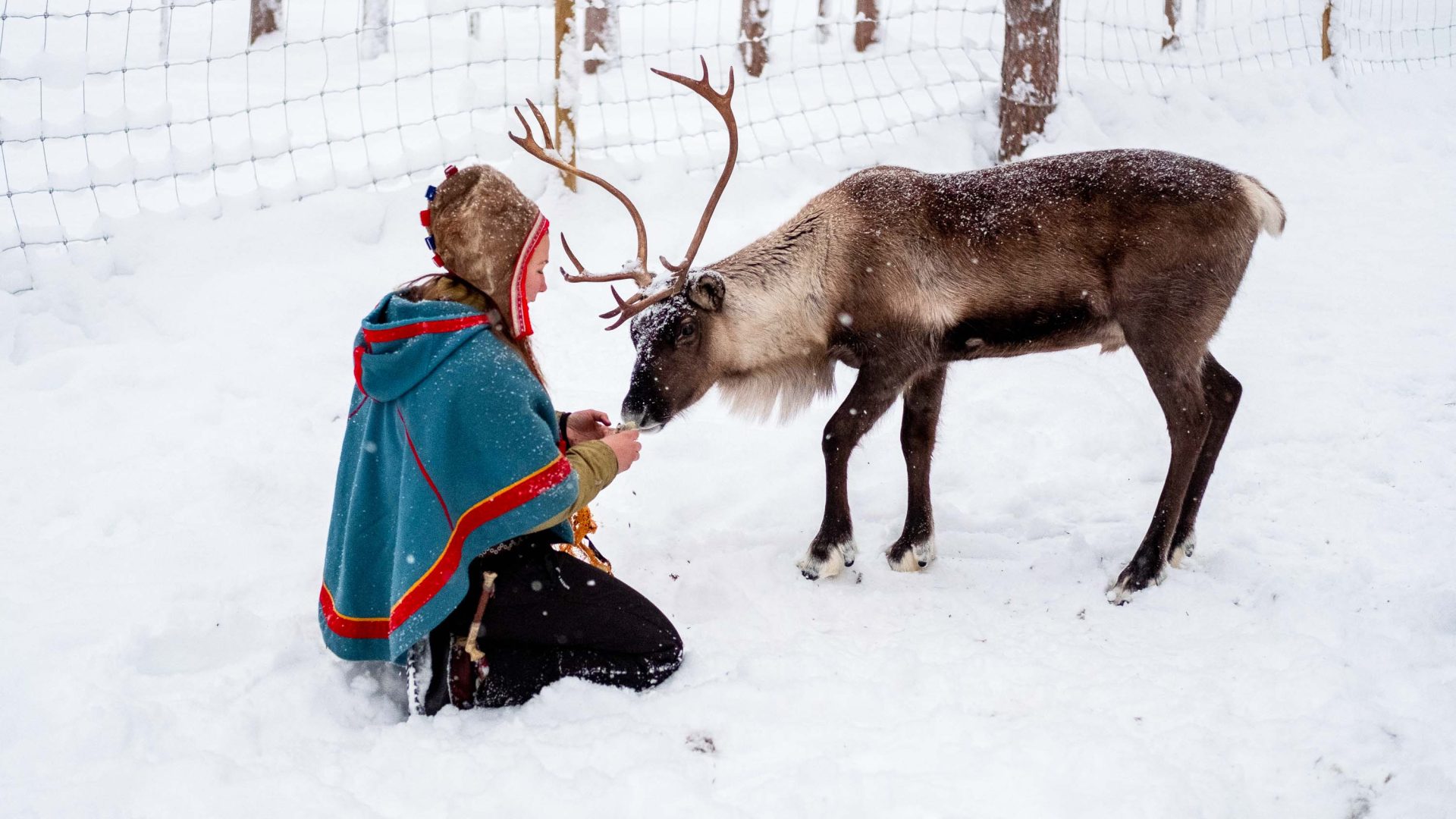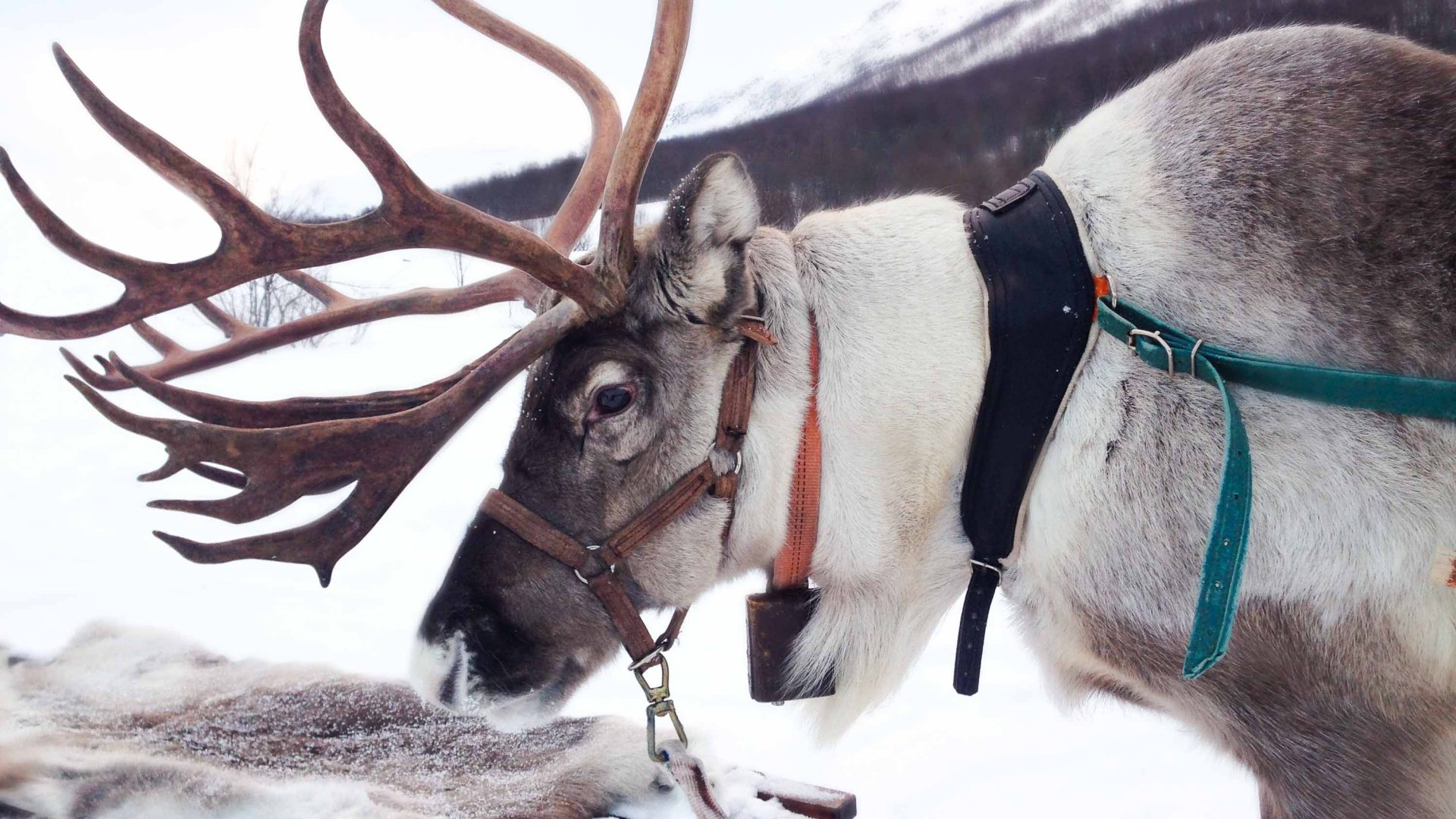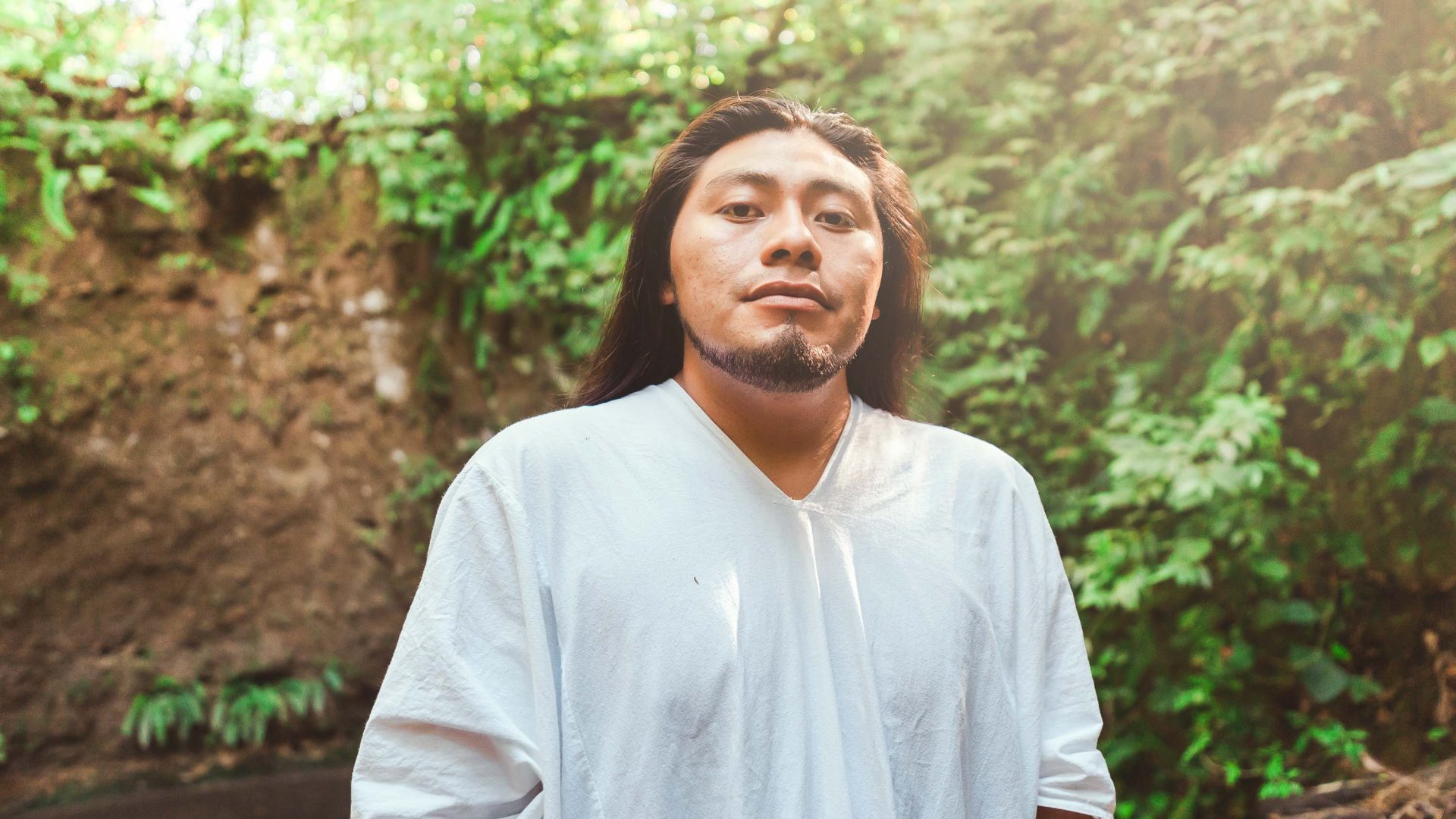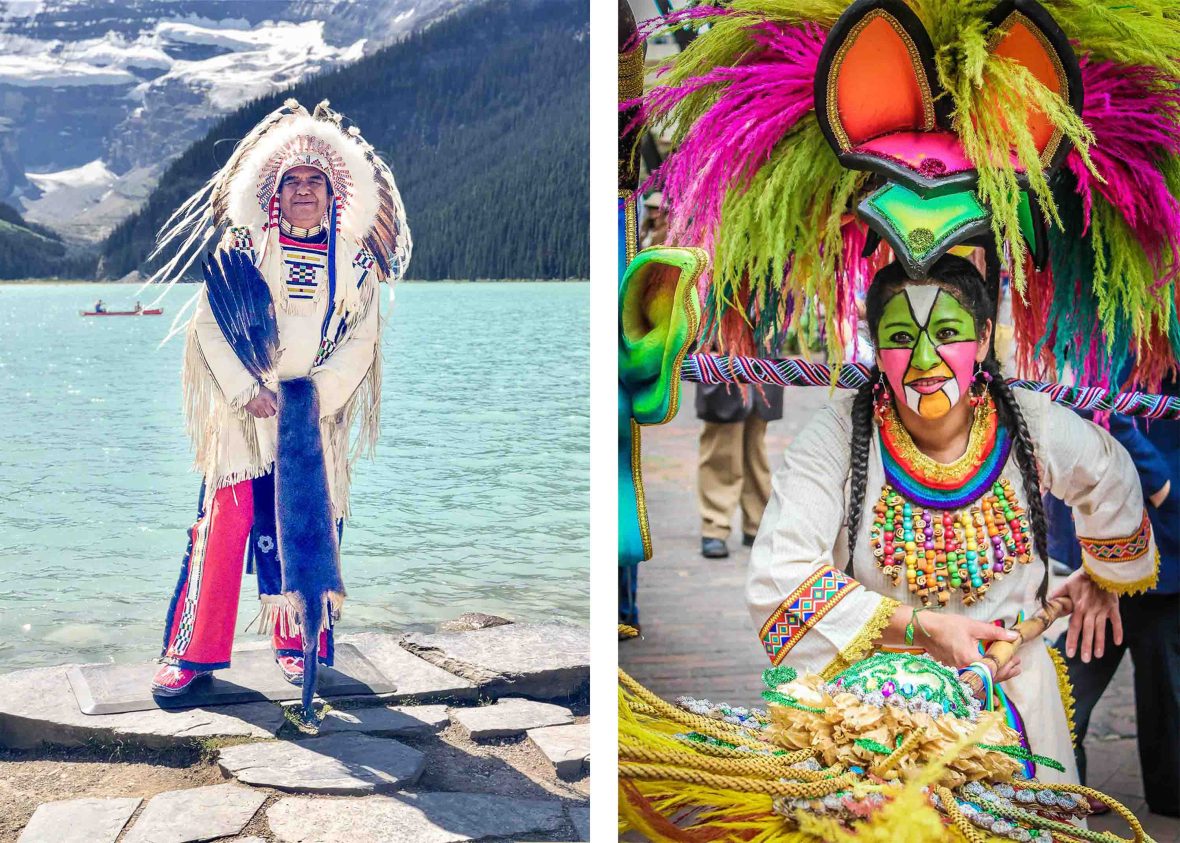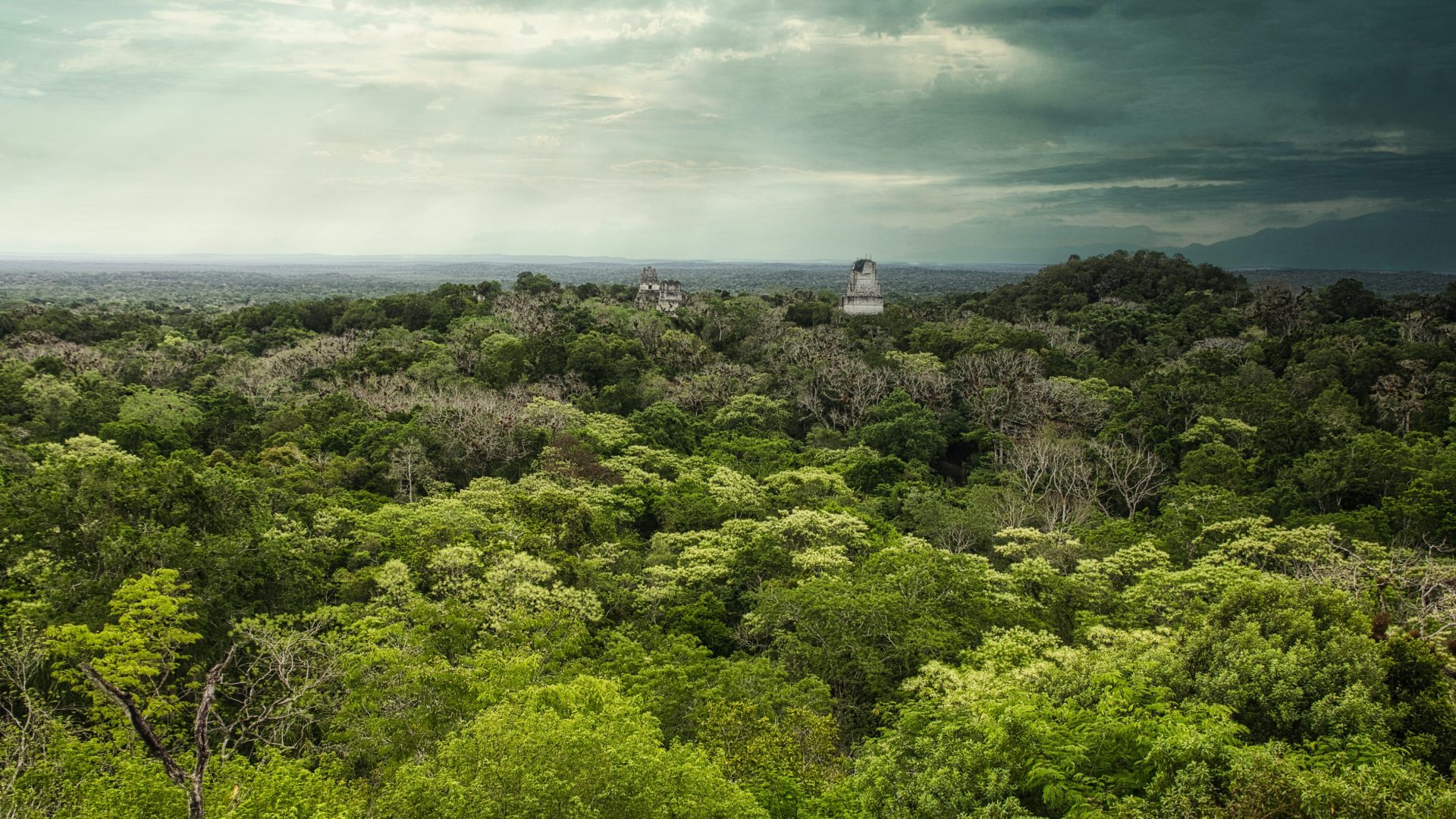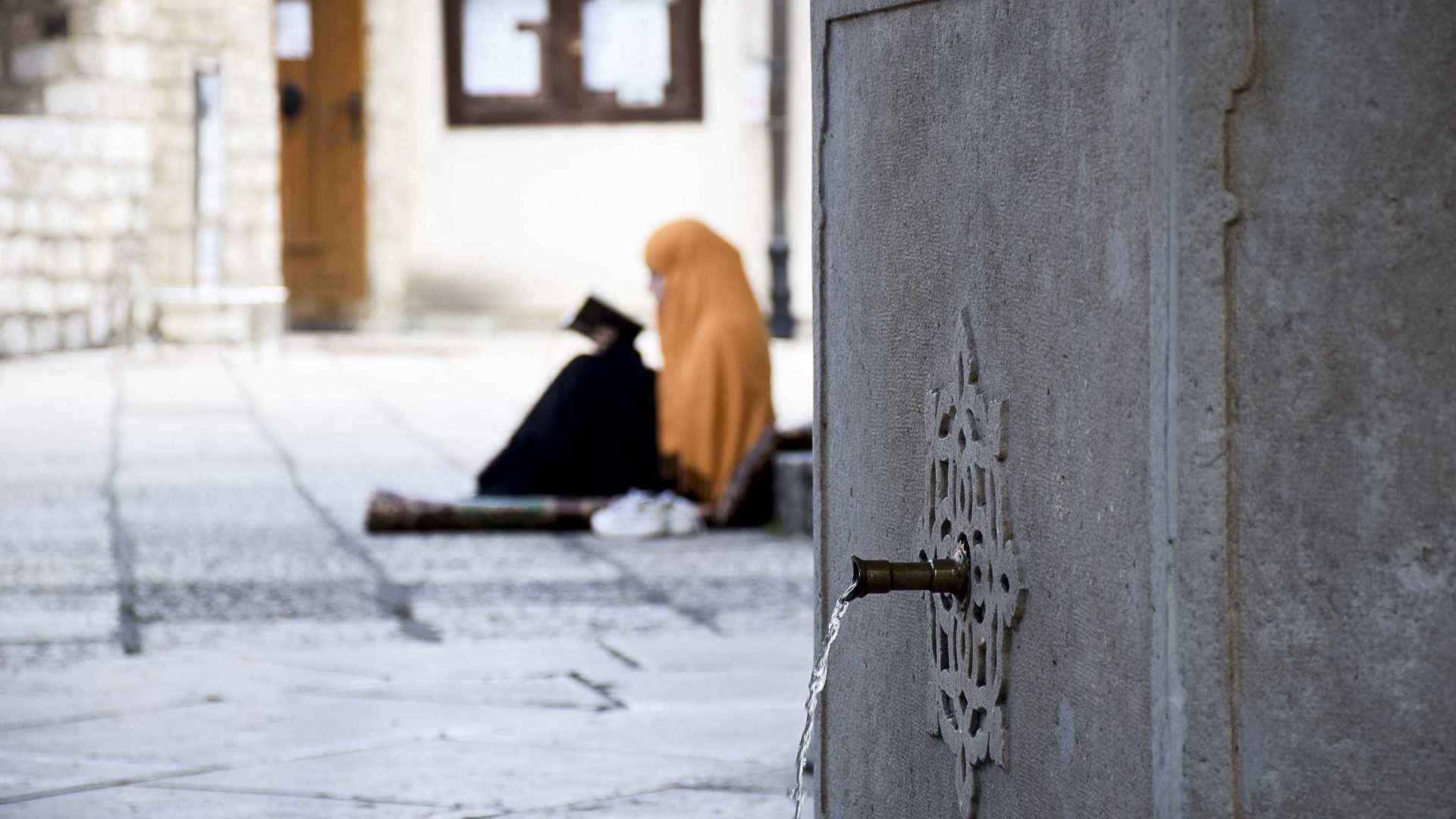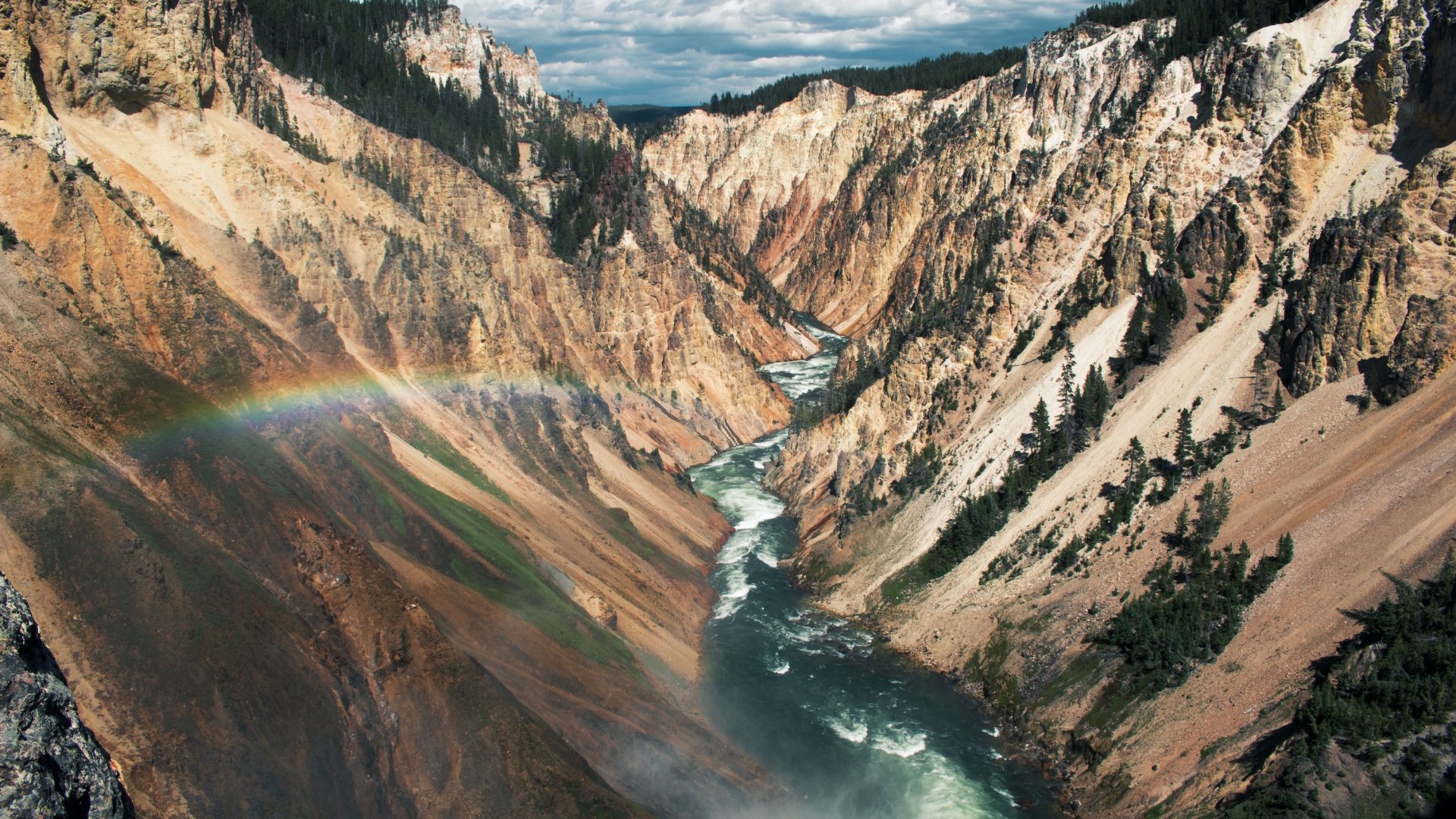Tourism hasn’t always had positive outcomes for languages. As recently as January 2022, Tulum, Mexico, made headlines when Copal Hotel employees and their supporters protested against the company for prohibiting employees from speaking Mayan. But Indigenous, community-led initiatives are increasingly popping up and modeling how they want and expect to be treated by travelers and the industry at large.
“We’re adapting [the Western model of tourism] to our Indigenous thought process in our Indigenous culture and our Indigenous language … to sort of make that mindset shift for our visitor,” says Sanders. Language aspects of culture, via an Indigenous-led model of tourism, can become a pull factor for a destination this way. The monetary influx of tourism can then go back into the hands of host communities, who remain in charge of generating experiences and spaces that align with their living culture and practices to keep it flourishing.
The Endangered Languages Project publishes a map every year illustrating where languages are in trouble. It’s distressing to see. But in August 2023, a new map will be published, instead showing users where people are actively working to revitalize their languages. “Amazing things are happening in language revitalization all over the world,” Belew says. “We want to highlight this good work.”
The next time you go to book a holiday, have a look at the map. Be curious. Support Indigenous-led initiatives when you’re a visitor. We live in a world of worlds, and our languages reflect deep histories, heritage and landscapes. In this time, responsible travel means helping our many worlds flourish.
